Stay on Montague Island NSW, Australia
Contents
Ever fancied staying on your own island, where your friends are the little penguins, fur seals? Where whales and dolphins pass by your front door? Ever fancied staying in the heritage listed Lighthouse Keepers Cottages and having a unique Australian experience? Well, you can. 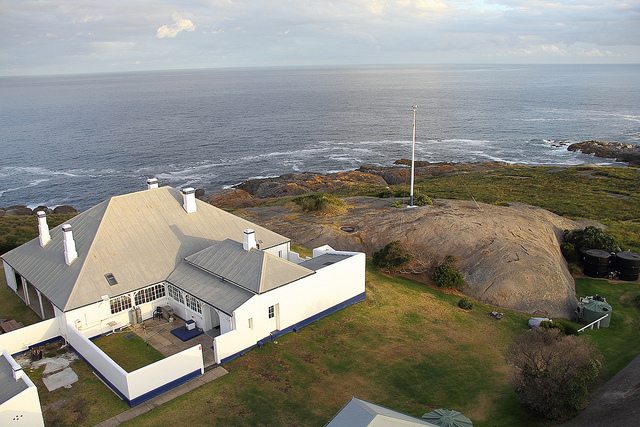
About Montague Island
Montague Island is a nature reserve run by the NSW National Parks and Wildlife Service. Montague Island is nature’s playground and the breeding ground for the largest colony of fur seals. You will also find your roommates – thousands of little penguins and 15 different bird species all keeping you company. Montague Island is a fantastic location to watch the whales swim north for the breeding season in June and return with their baby cows in October. You can also dolphins in the wild and go snorkelling, diving and fishing. Montague Island Nature Reserve is 9km offshore from the south coast town of Narooma in the Eurobodalla region of NSW. It is 4 hours south of Sydney, and just 2 hours from Canberra.The island is managed by the NSW National Parks and Wildlife Service, who preserve not only the flora and fauna of the island, but also keep alive the rich history of Montague Island. 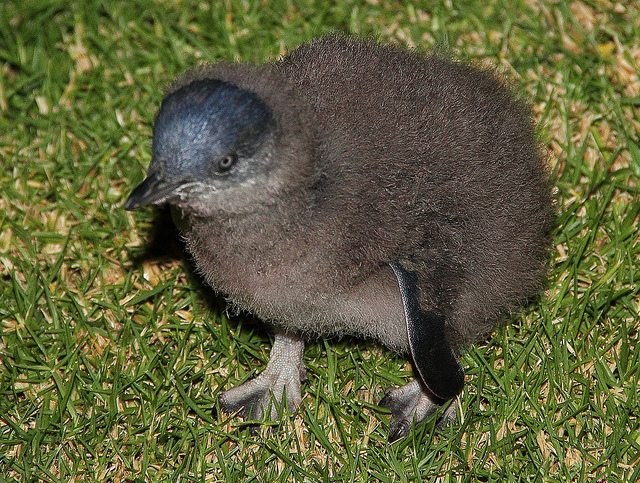
Aboriginal History of Montague Island
Montague Island is known as Barunguba to the local Aboriginal people. This evidence indicates that the island was used by the local people for traditional ceremonial purposes and also as a source of food. The island is still regarded as an important teaching place for males. To get to the island, the Aboriginal people would traverse the sea in a dug-out canoe. In these canoes and with bad tidal conditions there was evidence suggesting some tragedies. In the 1800sthere are reports of the death of more than 150 men and young men. Nowadays, the island is reached by the state of the art boats, and only when the conditions are fine. Island Charters Narooma know the island and the sea well. The island contains numerous Aboriginal sites, comprising artefact scatters and middens. Such Aboriginal sites are rare on the east coast of Australia, making Montague Island a very special place, and an amazing place to stay. Today, Aboriginal people continue their association with the island through local elders conducting cultural activities with the support of NSW National Parks and Wildlife Services. 
White History of Montague Island
James Cook sailed past on 21st April 1770, re-naming the mountain, which the Aboriginal people called, Gulaga as Mt Dromedary. The name of the island, Montagu, came after George Montagu Dunk, the Earl of Halifax. During this time, the island’s resources were exploited as a sealing site. It was used as a shelter and base for the fishing industry, and thus there was a need for a lighthouse. In the early 1800s, the island was “seeded” with goats and rabbits for shipwrecked sailors to eat if they became stranded. Mice arrived at some time as well, probably from the corn on the ships. The goats caused considerable environmental damage and were removed in the 1980’s. Rabbits and mice were eradicated from the island in 2007. Camping on the island continued right up until 1953 when the island became a Flora and Fauna Reserve and Montague Island was the first National Trust property in Australia. Now Montague Island is a well managed and valuable Australian resource, and staying on the island is a one of a kind experience. 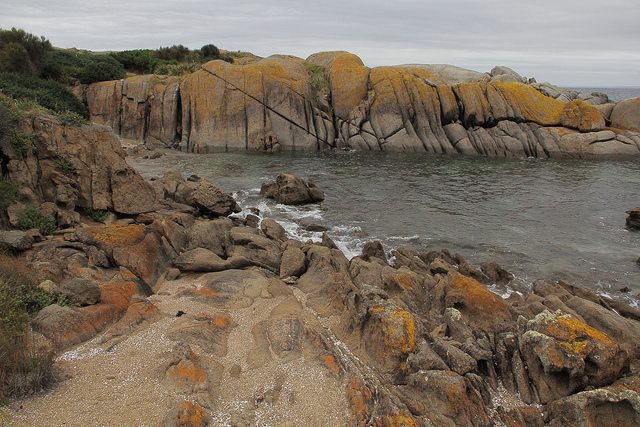
Your little friends – the Penguins
Montague Island is home to up to 8000 pairs of Little Penguins, making it NSW’s largest colony, and one of the largest in Australia. Their yearly routine involves times of peak activity during breeding and again during moulting, interspersed with long periods foraging at sea.
Staying on Montague Island.
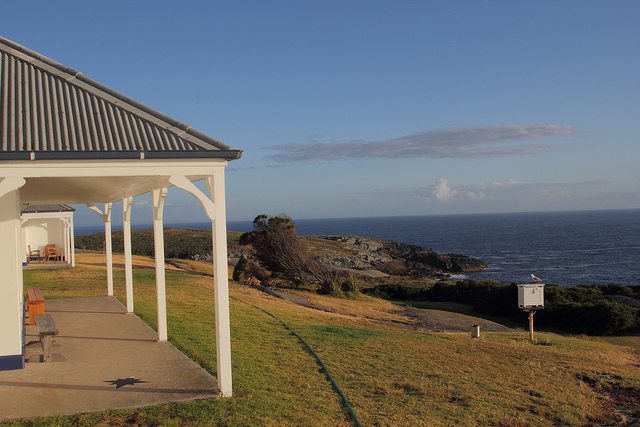 There are different options for staying on Montague Island, from 2-night eco tours to securing the entire island. If you choose, you can participate in the Little Penguin monitoring, which is taking place on the island and contributes to the long-term protection of the island’s Little Penguin Colony. CONSERVATION VOLUNTEERS AUSTRALIA, partner with NPWS to preserve these little animals.
There are different options for staying on Montague Island, from 2-night eco tours to securing the entire island. If you choose, you can participate in the Little Penguin monitoring, which is taking place on the island and contributes to the long-term protection of the island’s Little Penguin Colony. CONSERVATION VOLUNTEERS AUSTRALIA, partner with NPWS to preserve these little animals. 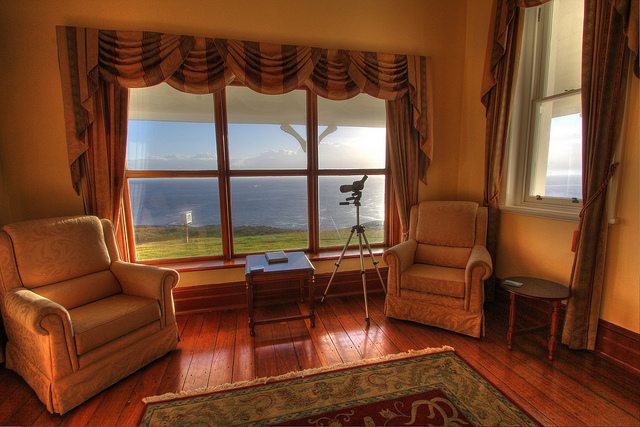
Read all of the accommodation details here.
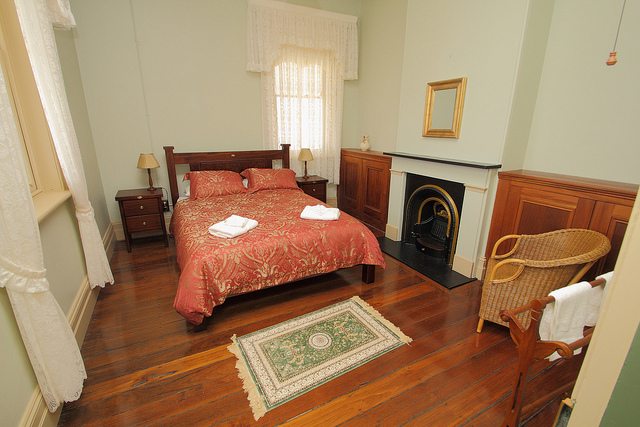
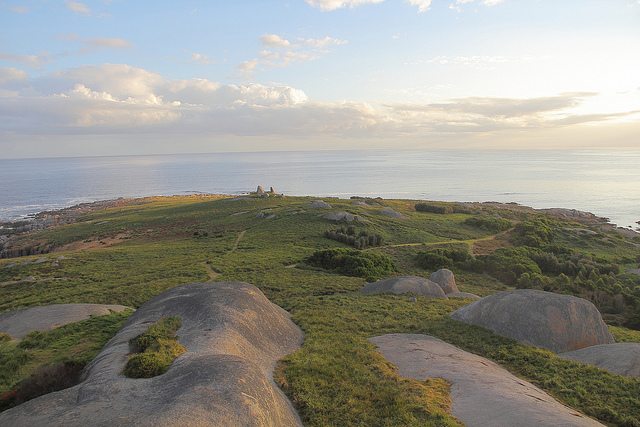 Staying on Montague Island is a once in a lifetime experience. You have an entire island to yourself except for the penguins, the fur seals, the passing traffic of the whales and the dolphins, and the birds. The only thing not on the island is snakes. There are none.
Staying on Montague Island is a once in a lifetime experience. You have an entire island to yourself except for the penguins, the fur seals, the passing traffic of the whales and the dolphins, and the birds. The only thing not on the island is snakes. There are none.
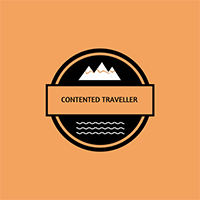
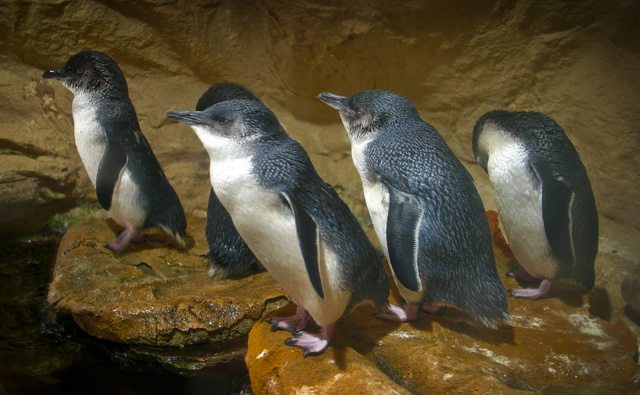
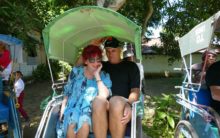
A big wow Paula! As I am proud to be “owned” by 4 dogs, 5 cats and 1 horse, as you can imagine I really love animals. This looks and sounds like heaven on earth to me. It is wonderful to read about how this work has been done also. The post has put a big smile on my face 🙂
You would love it, the whole area is nature’s playground
That’s wonderful! From the wildlife to the cottage and the views.. perfect! The penguins are adorable but to be able to spend a few days there watching the whales and dolphins in a totally responsible way would be an absolute dream come true.
This is an amazing experience and one that is very responsibly doe. National Parks and wildlife Services have worked very well with the indigenous people to bring this special experience to us.
OMG, I am from NSW, Sydney-born, although I think I’ve spent more years overseas than in my own country (almost). Regardless, I’m ashamed to say I’ve never heard of the island. It’s beautiful, though, and the accommodation looks so charming. I’m going to have to get there on our next trip back. So glad to have visited today.
Thanks Lara, Australia is so expansive we are still finding new places ourselves. Montague Island is unique in many ways
I loved this island. I took an eco-tour out to Montague Island last year and was in awe of it’s beauty and remoteness. You were fortunate to stay the night and capture those images of the little penguins, we only saw them in their boxes. We were taken out to the rocks off the island for a swim with the fur seals (which I was too frightened to do!) Thanks for bringing it all back to me.
It is an amazing island and one that is special to stay on.
I love penguins. We see little blues sometimes when we sail, but nothing like 8000 pairs. I am bookmarking this for my next trip to Australia. Love the photos and history.
It is a totally unique experience and one that is totally worth it.
Sounds wonderful! And so close to Canberra! We might have to visit it when it begins to get warmer!
It is only a couple of hours from Canberra, making it an ideal place to visit and stay.